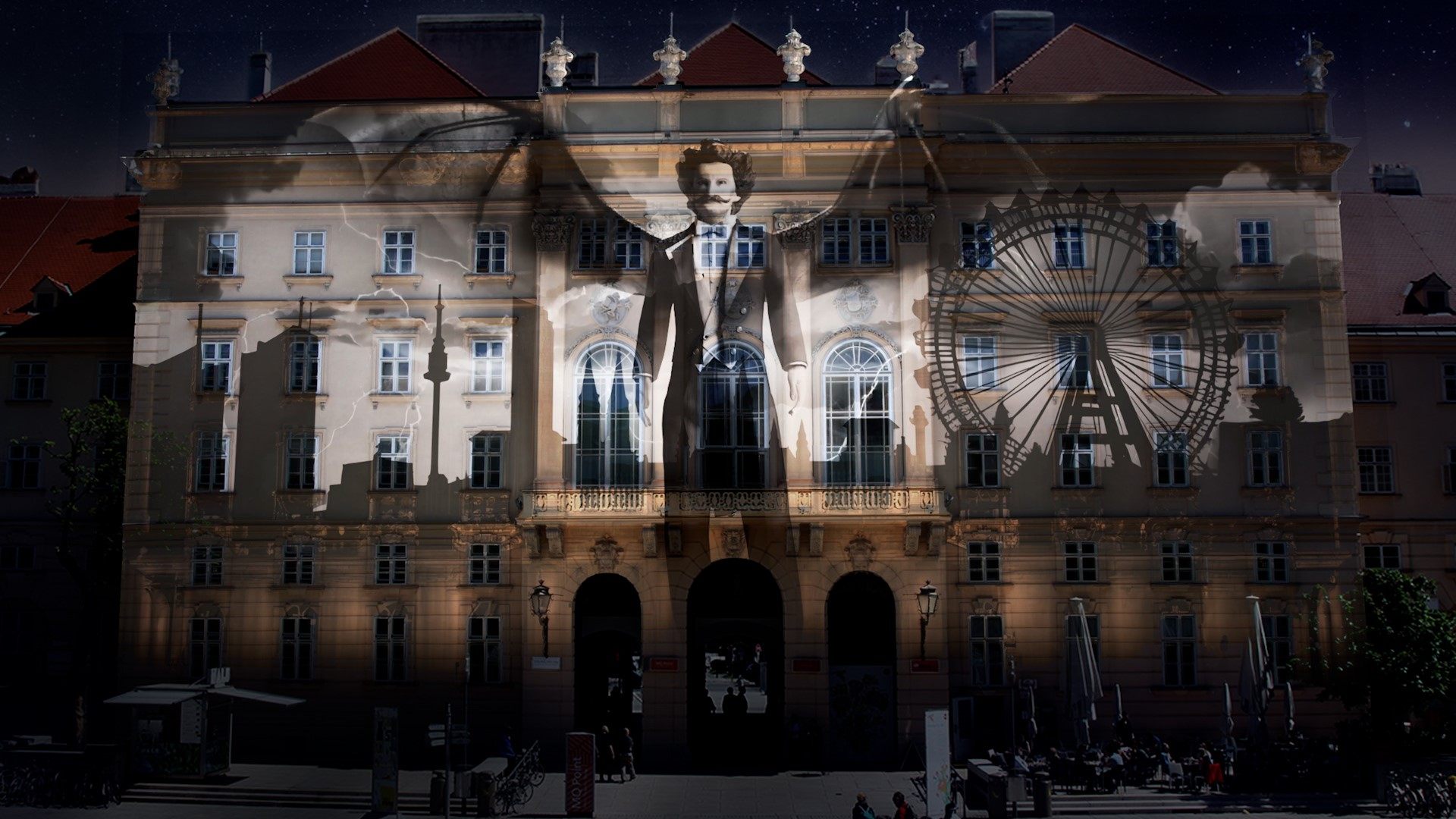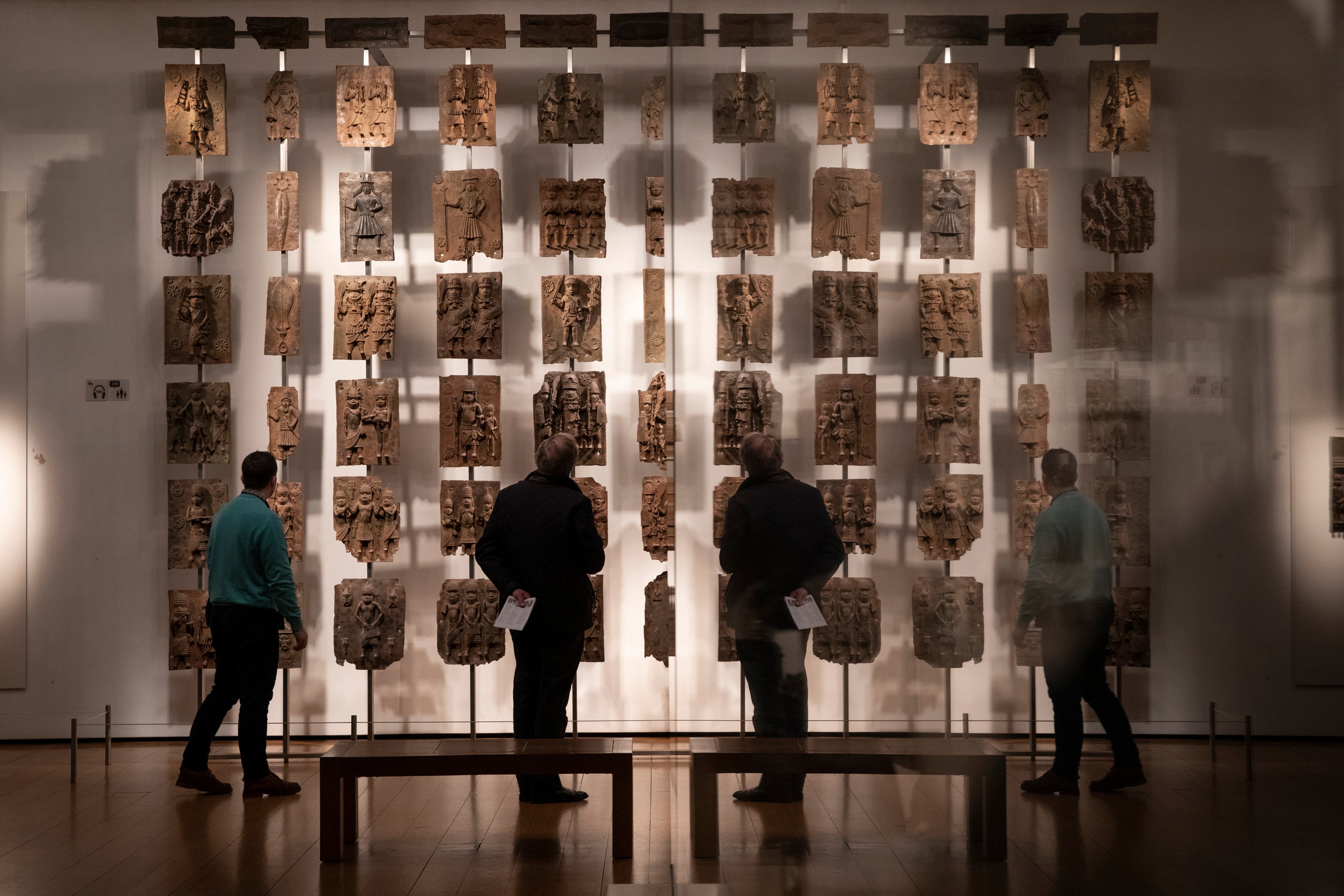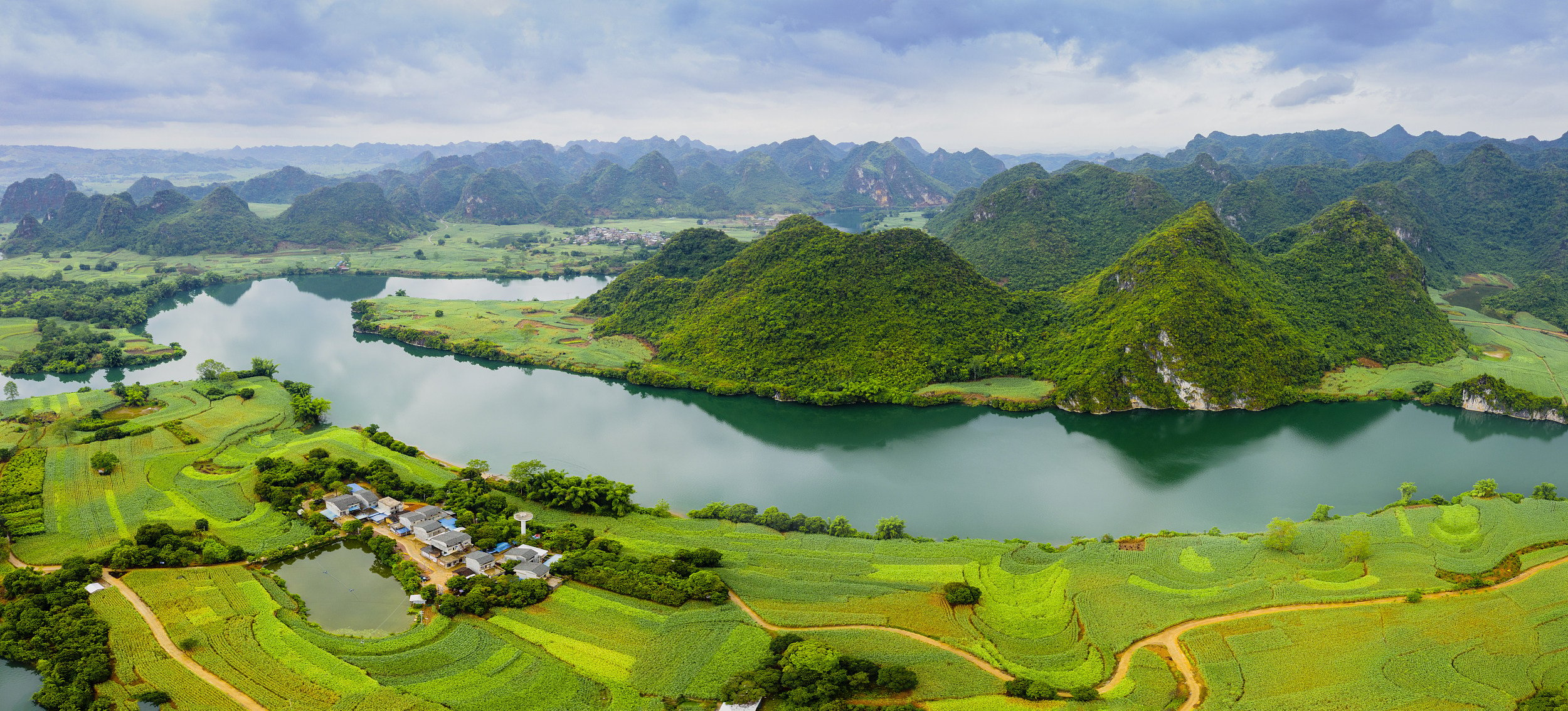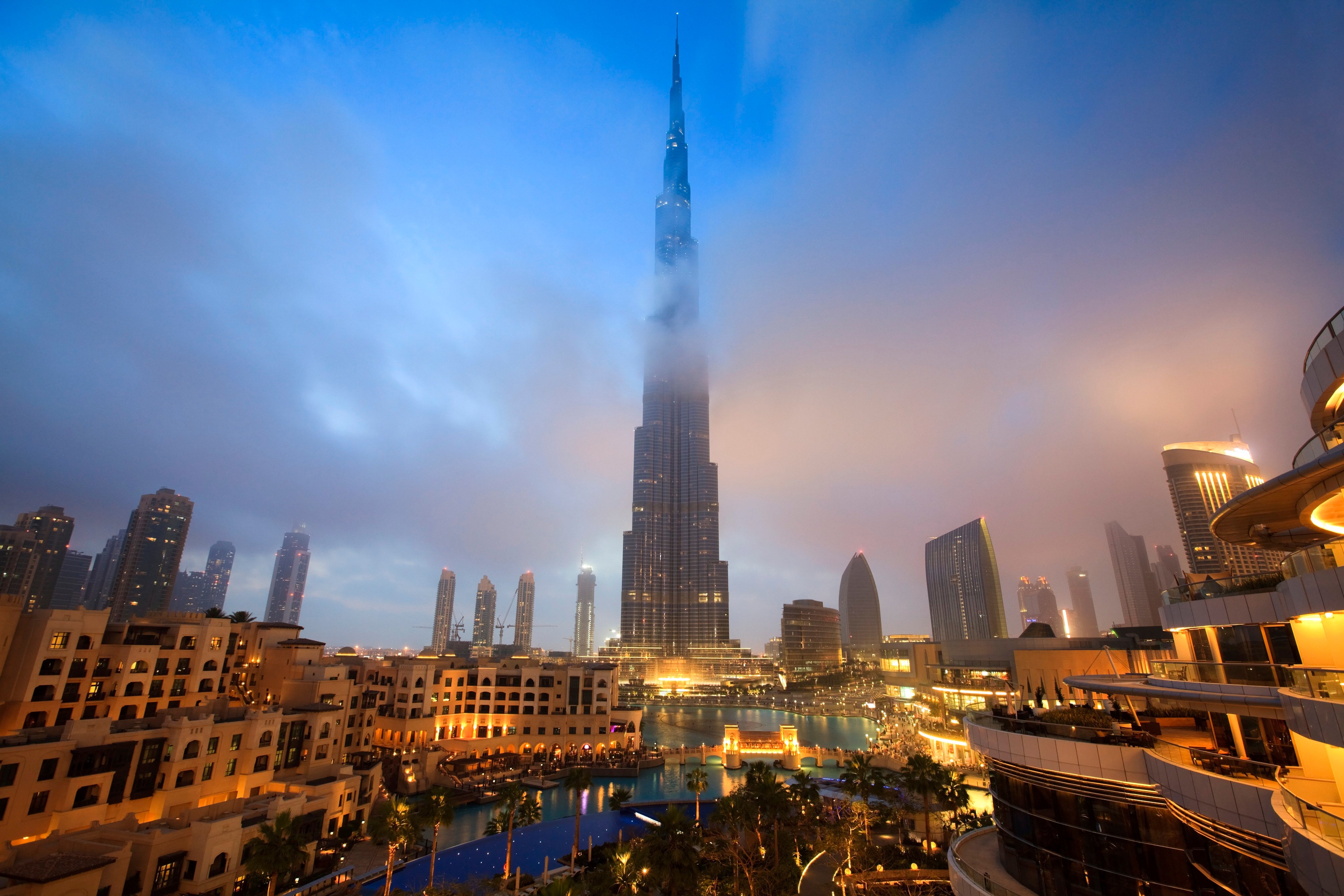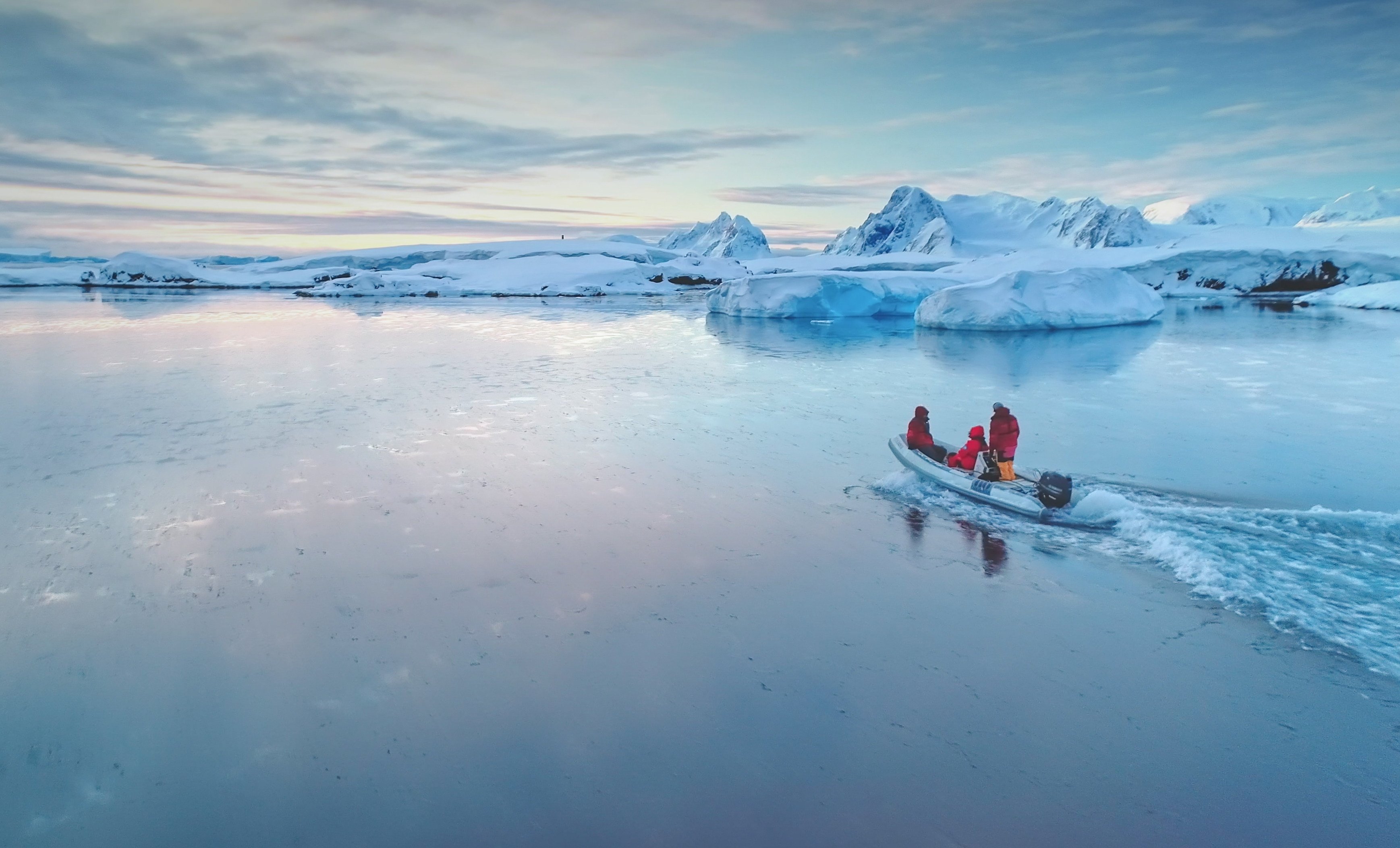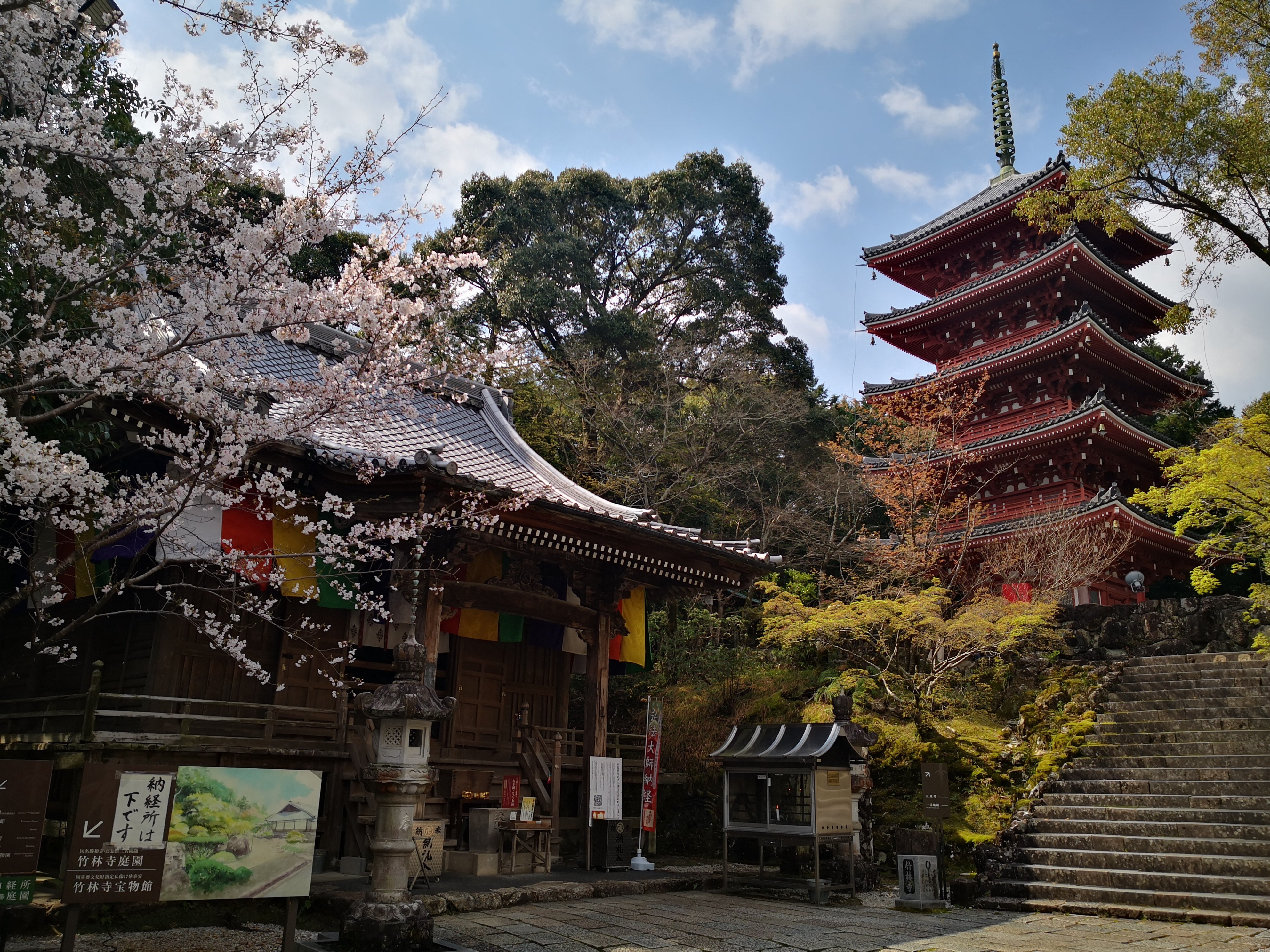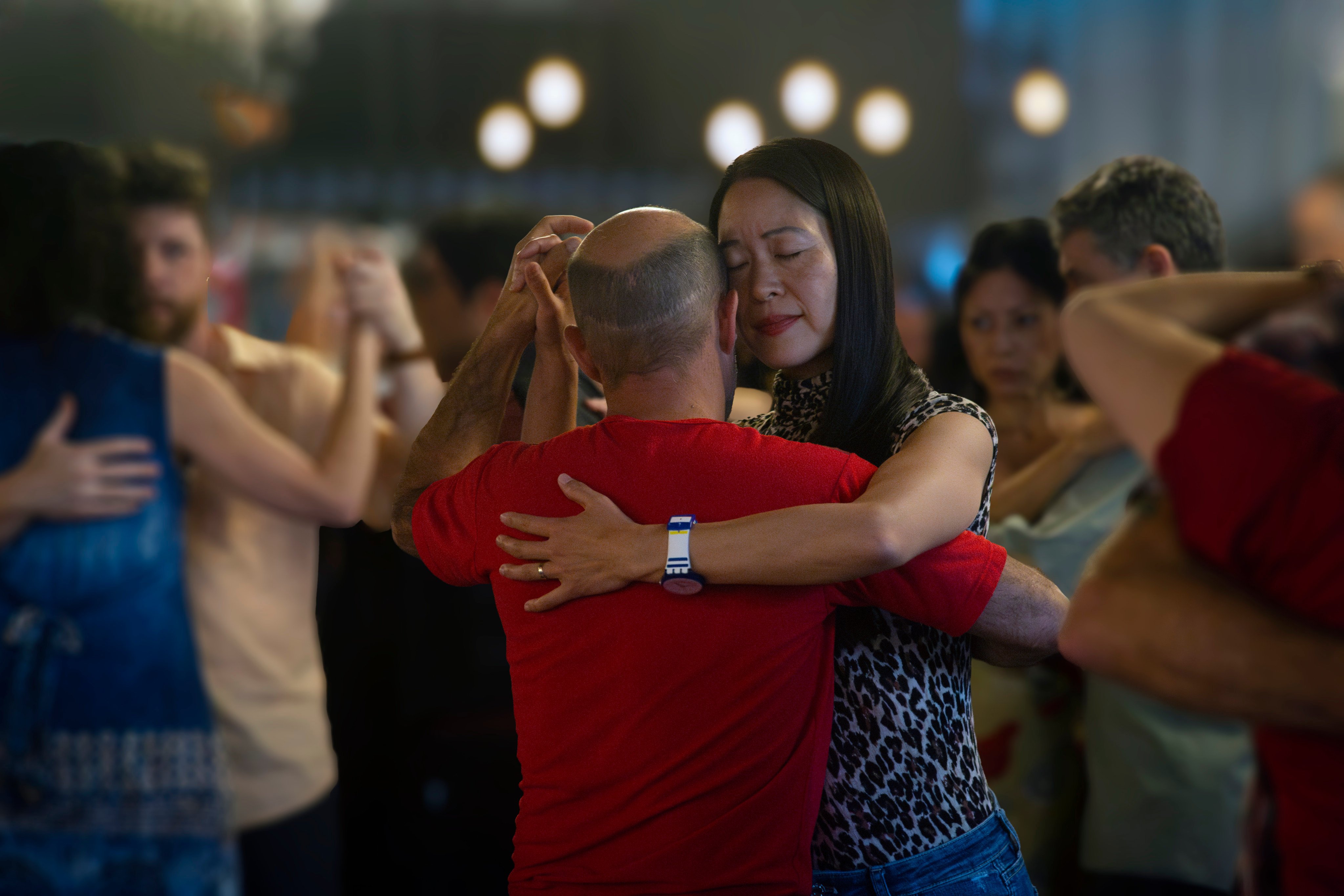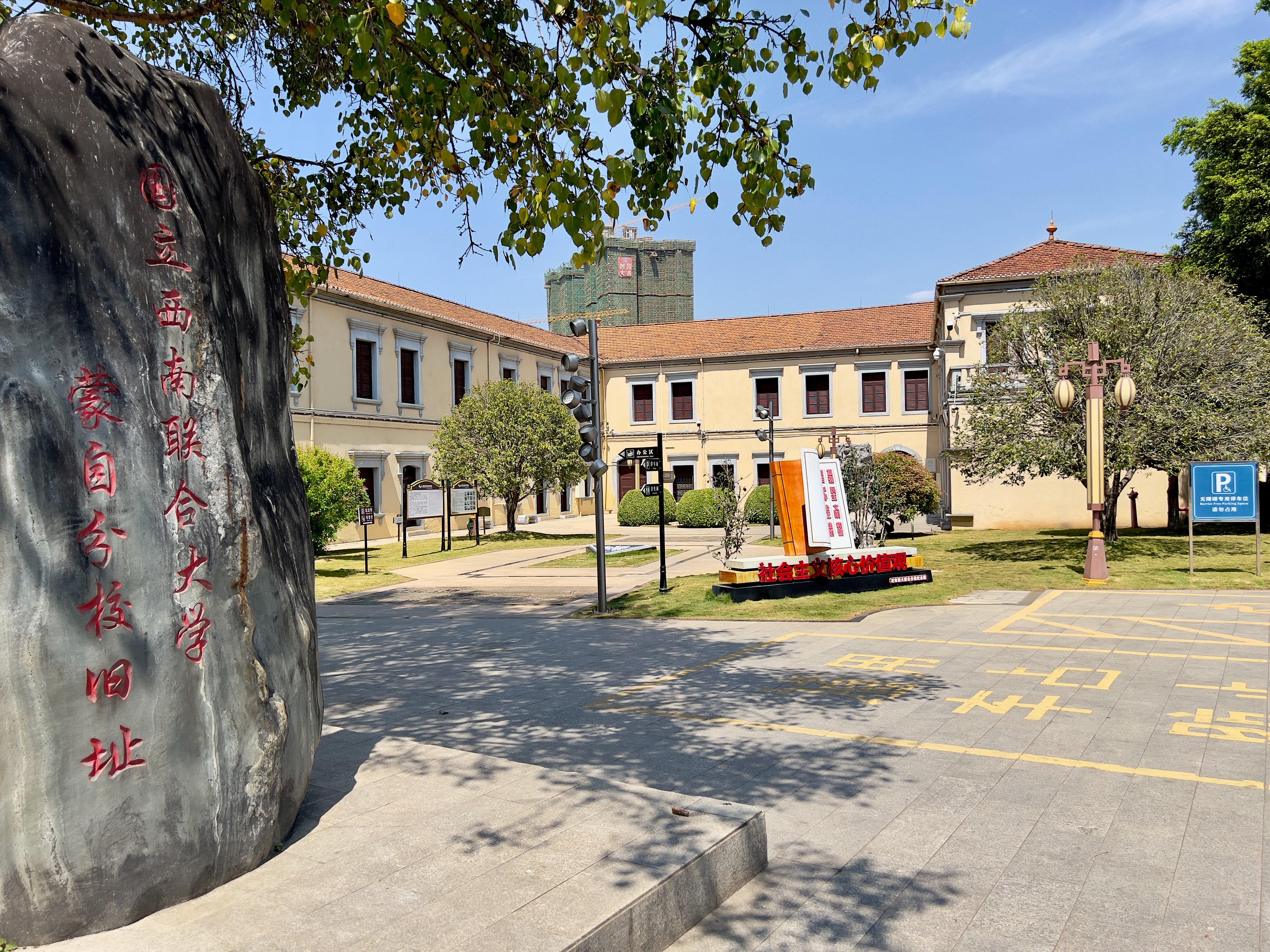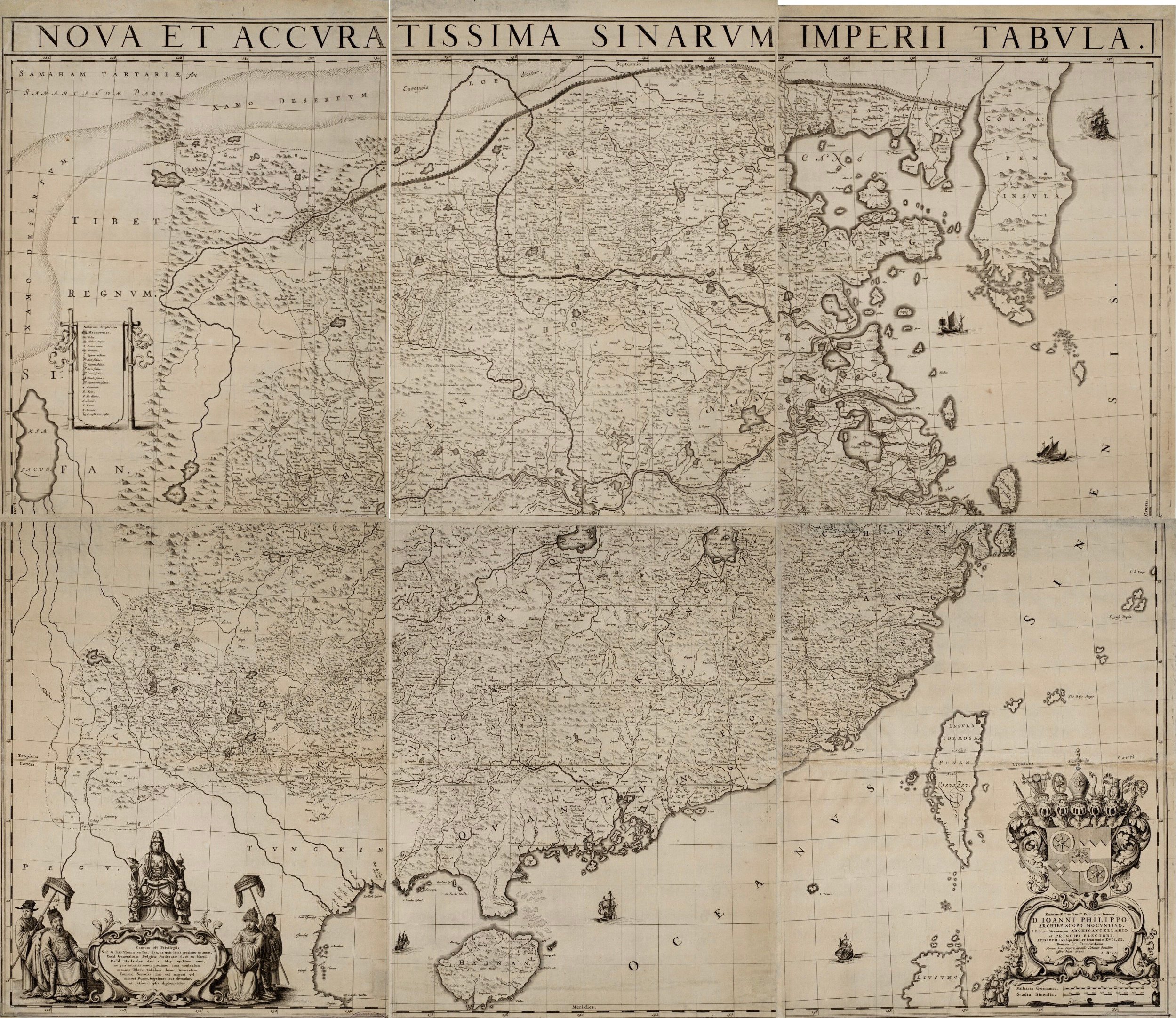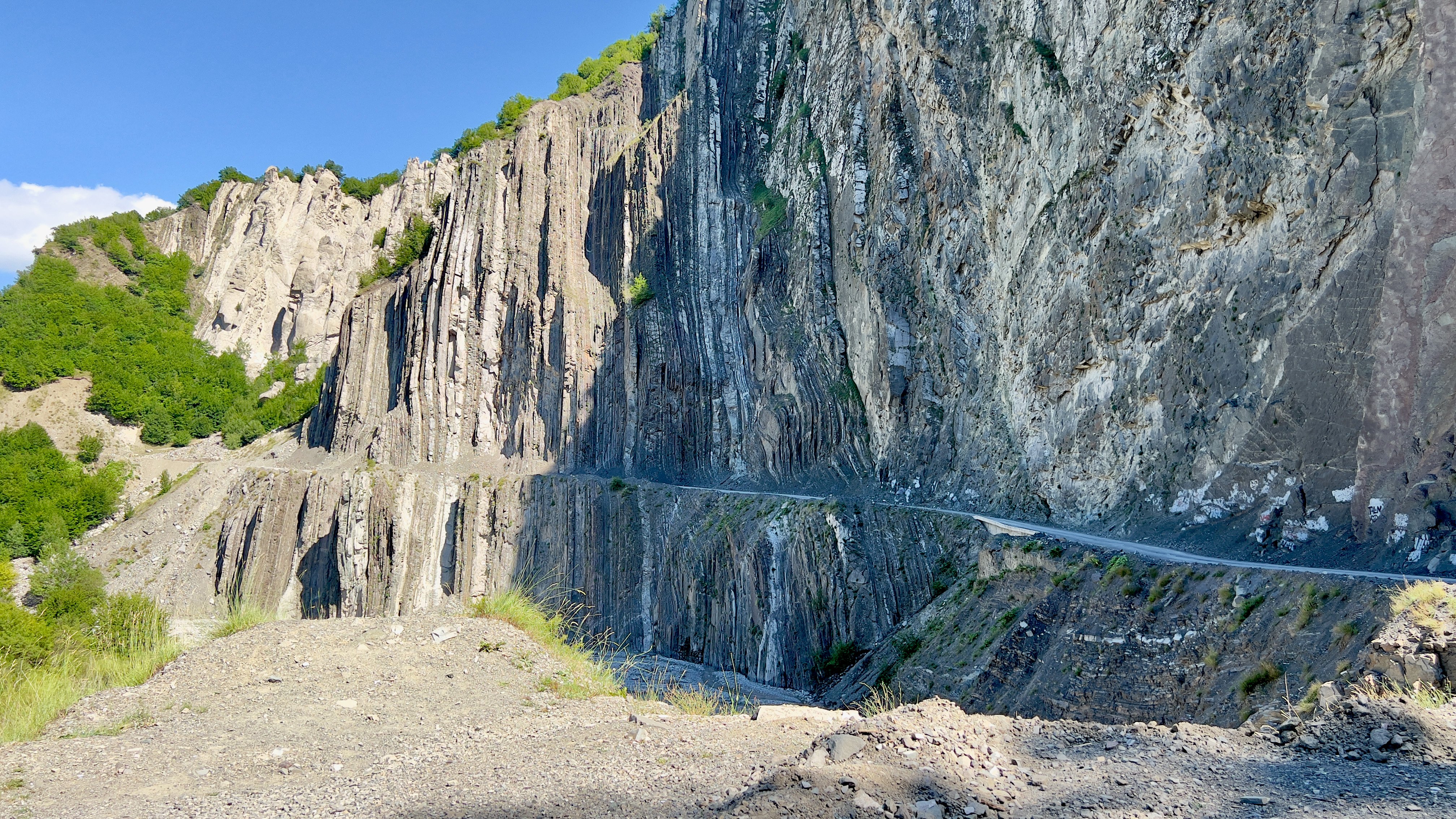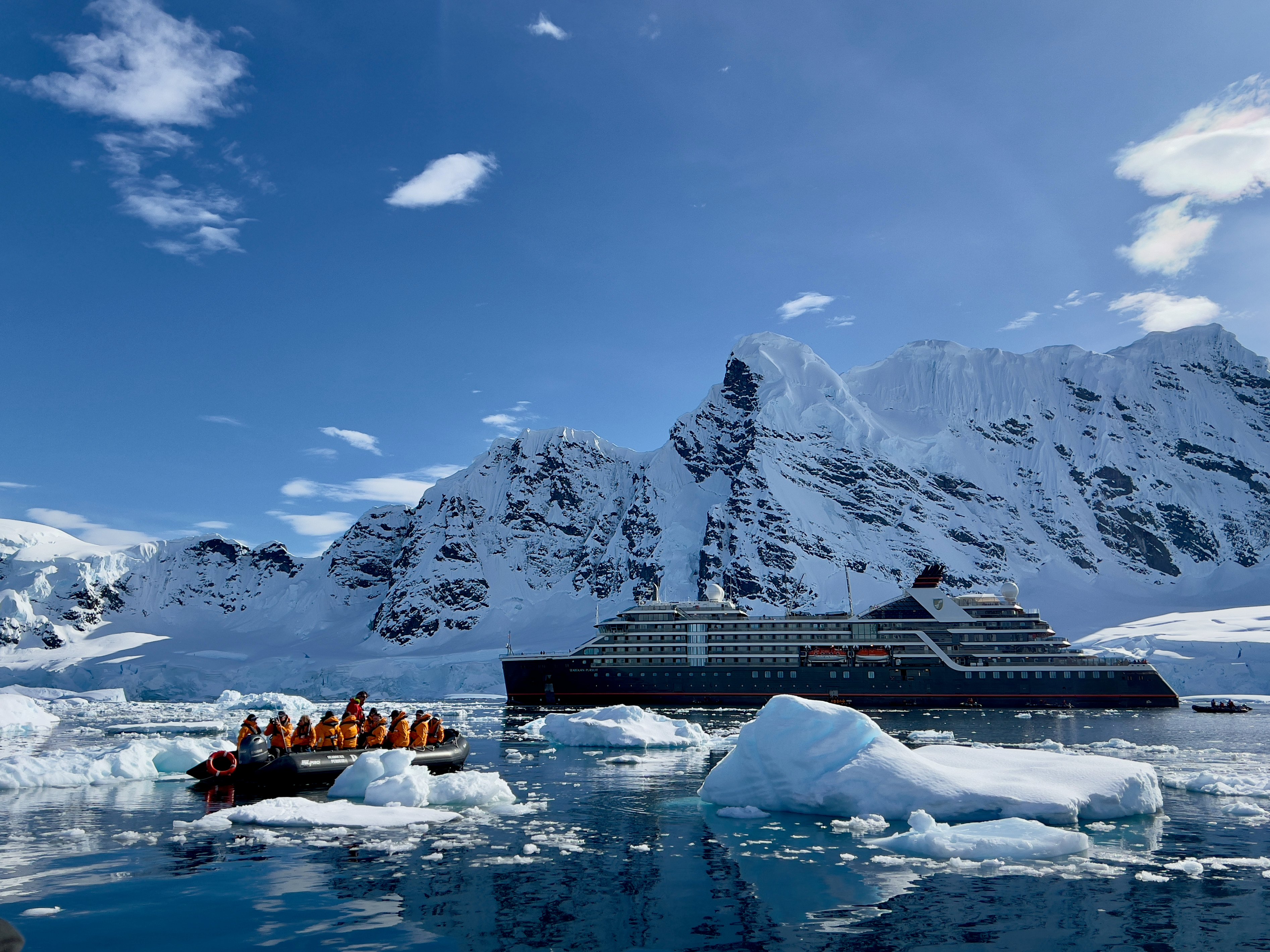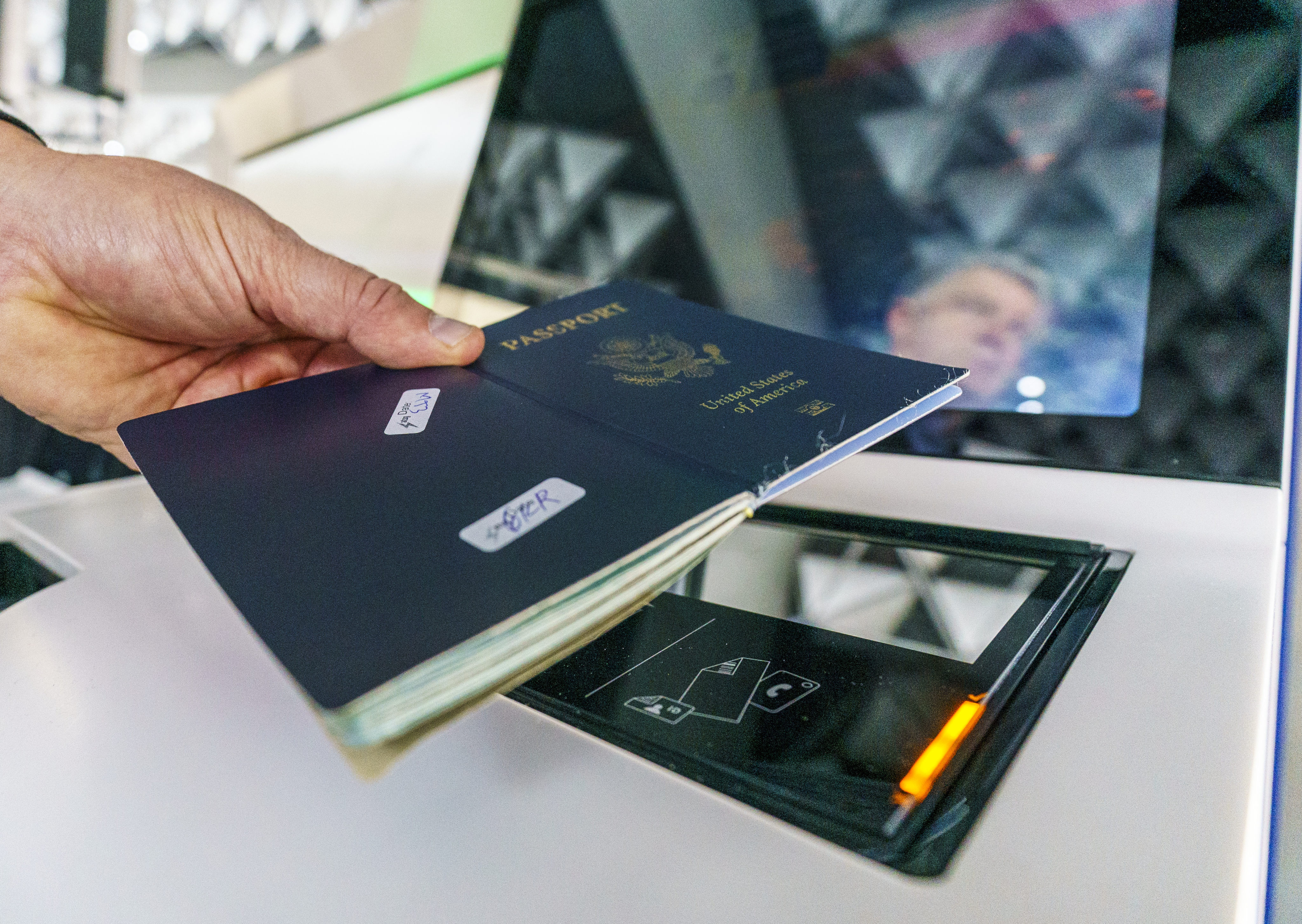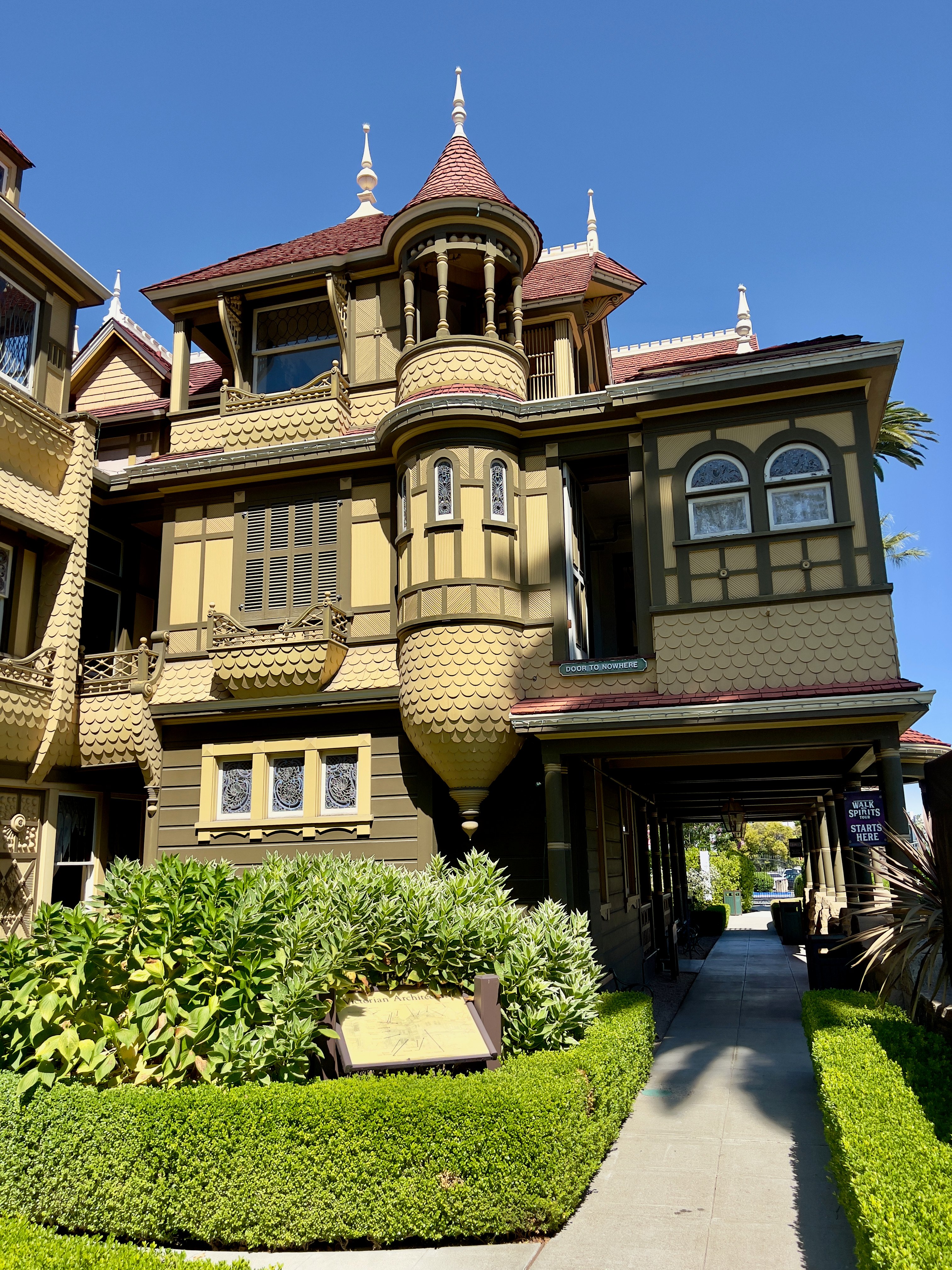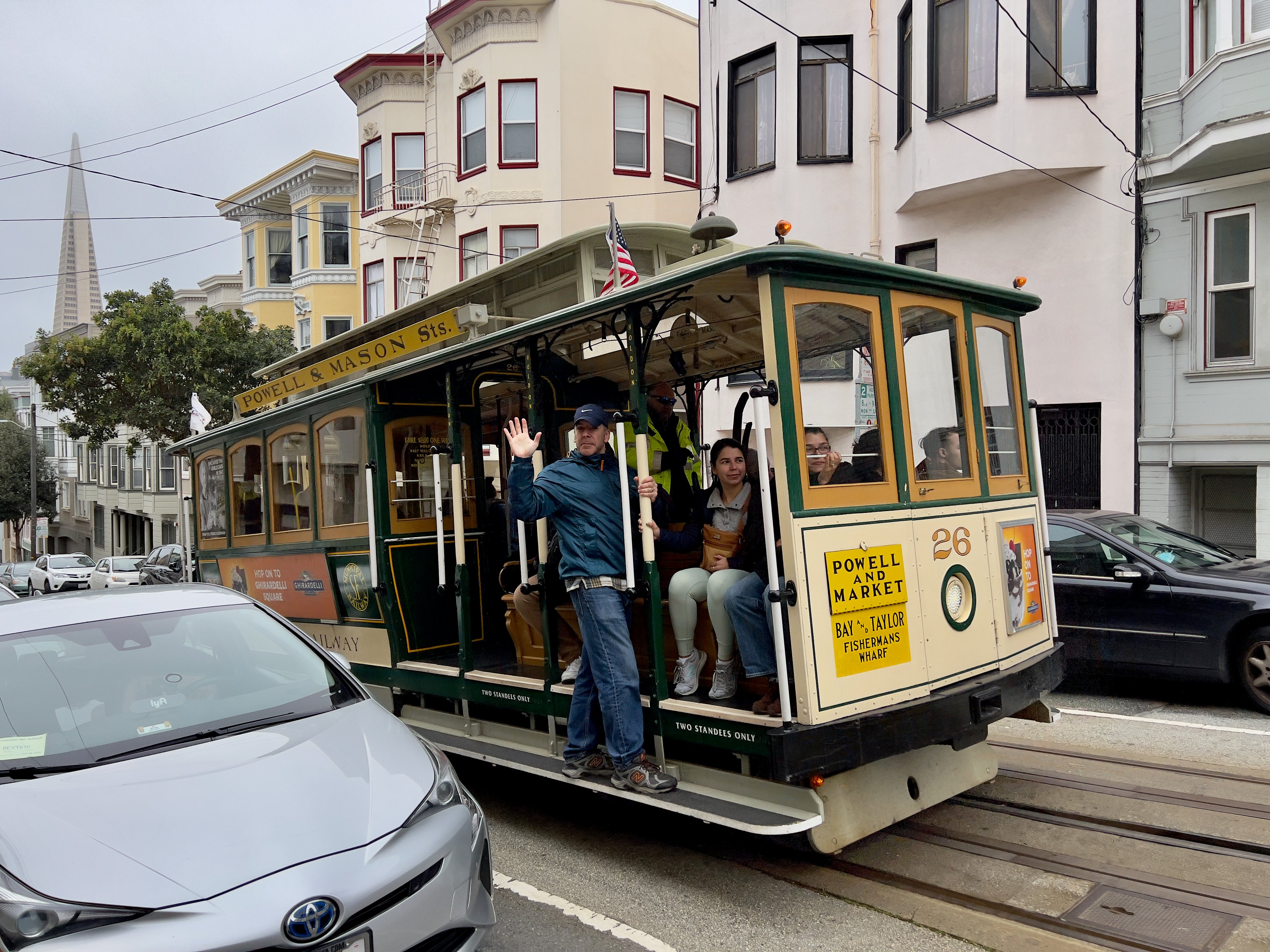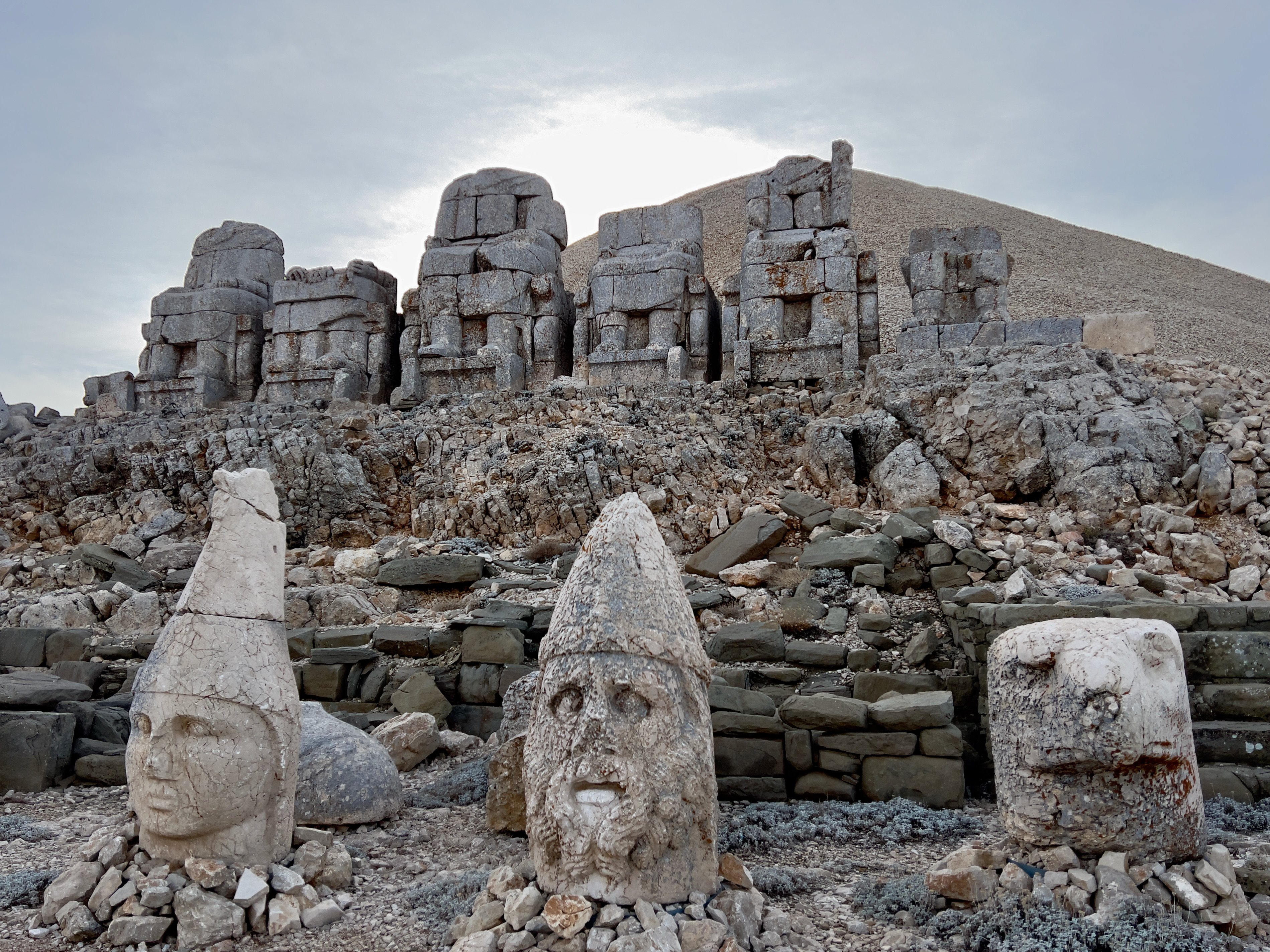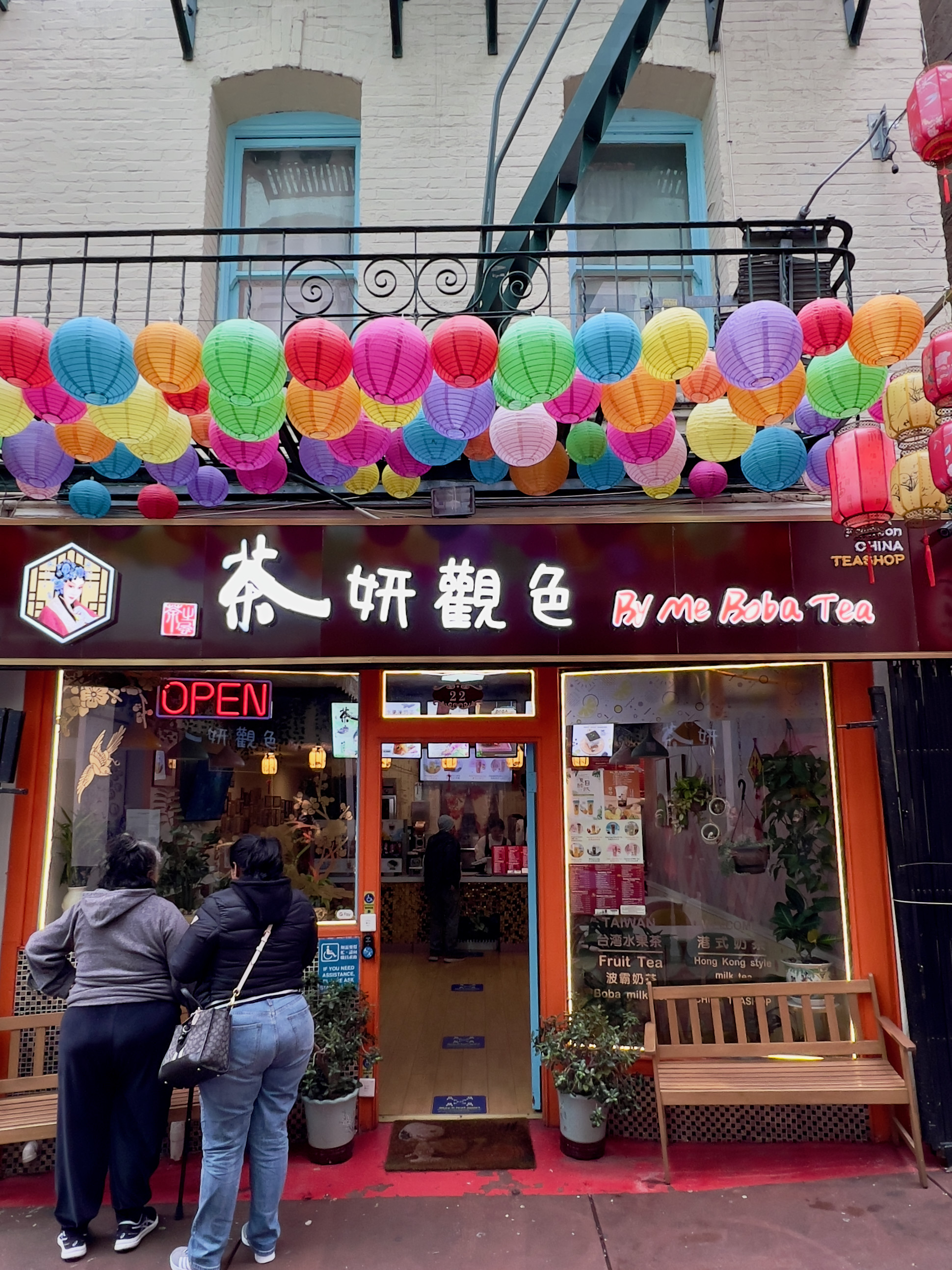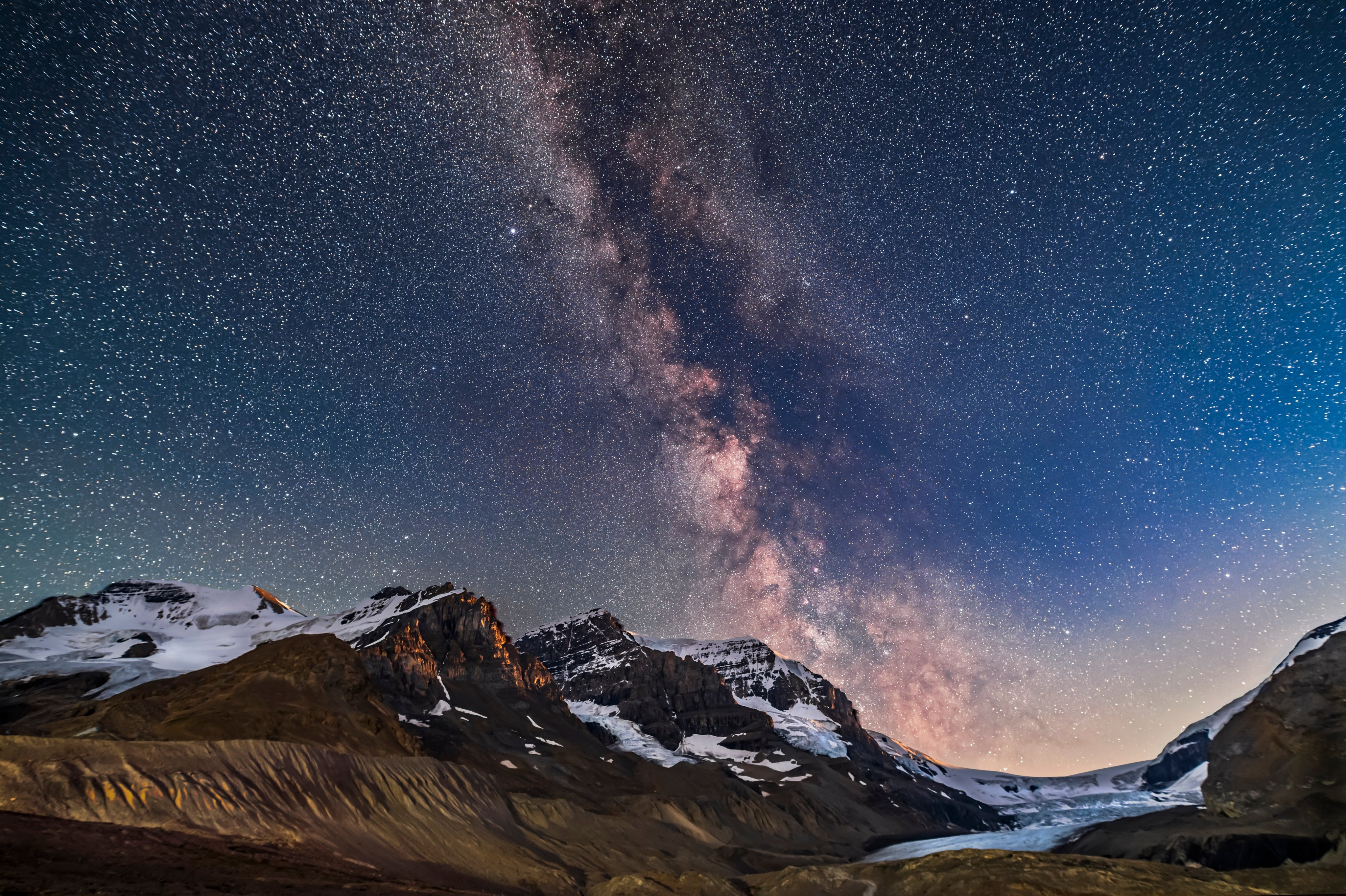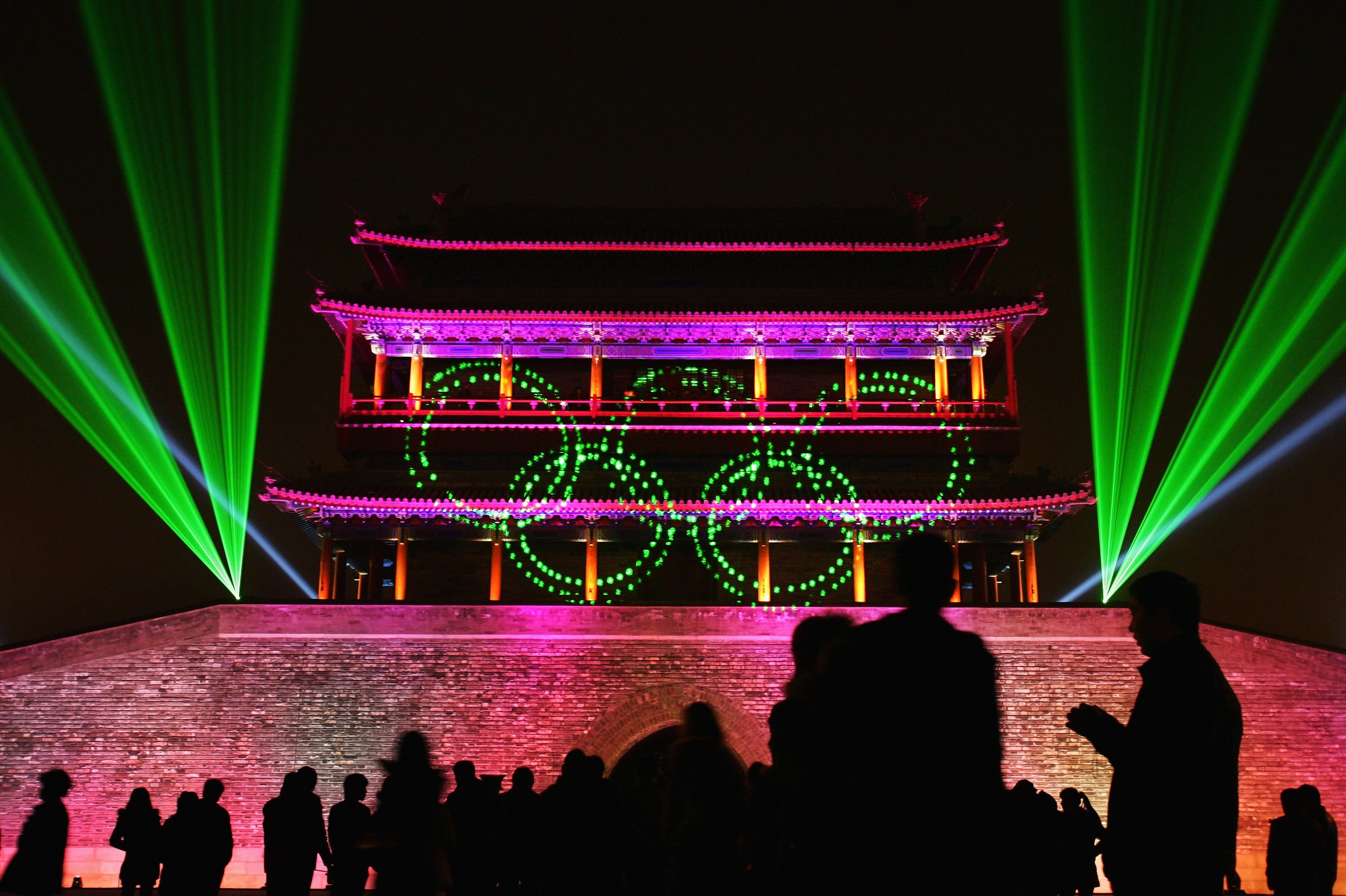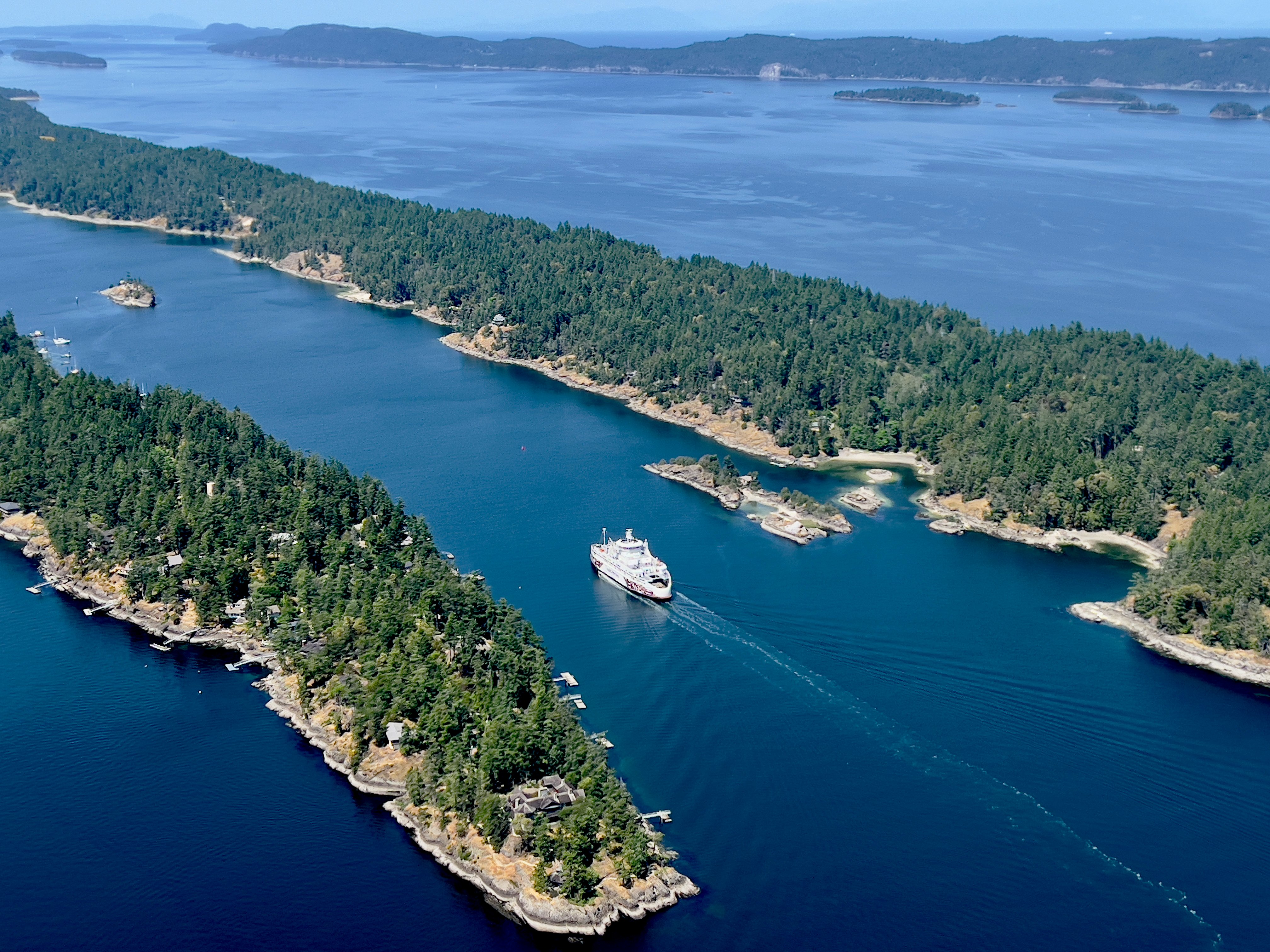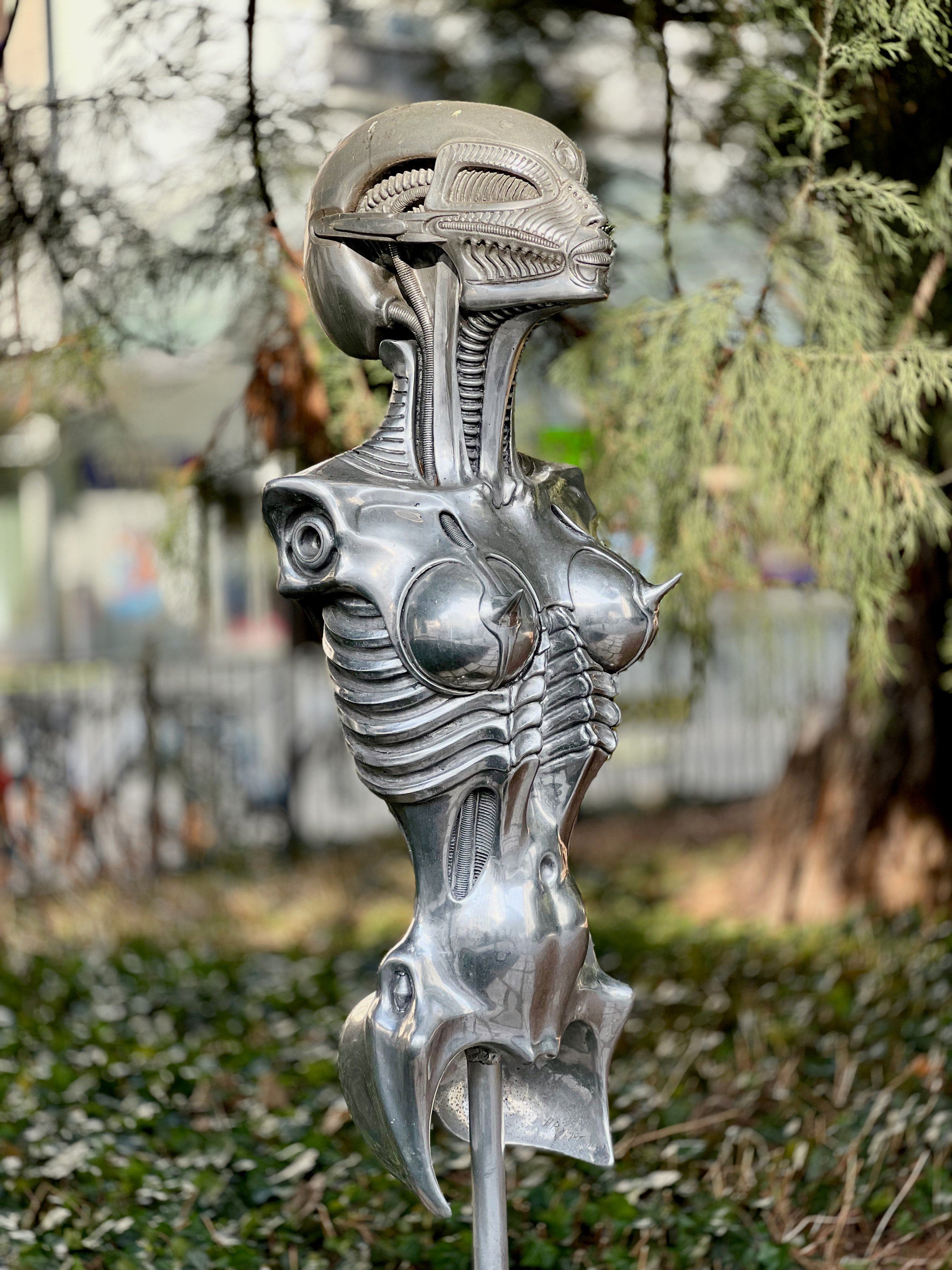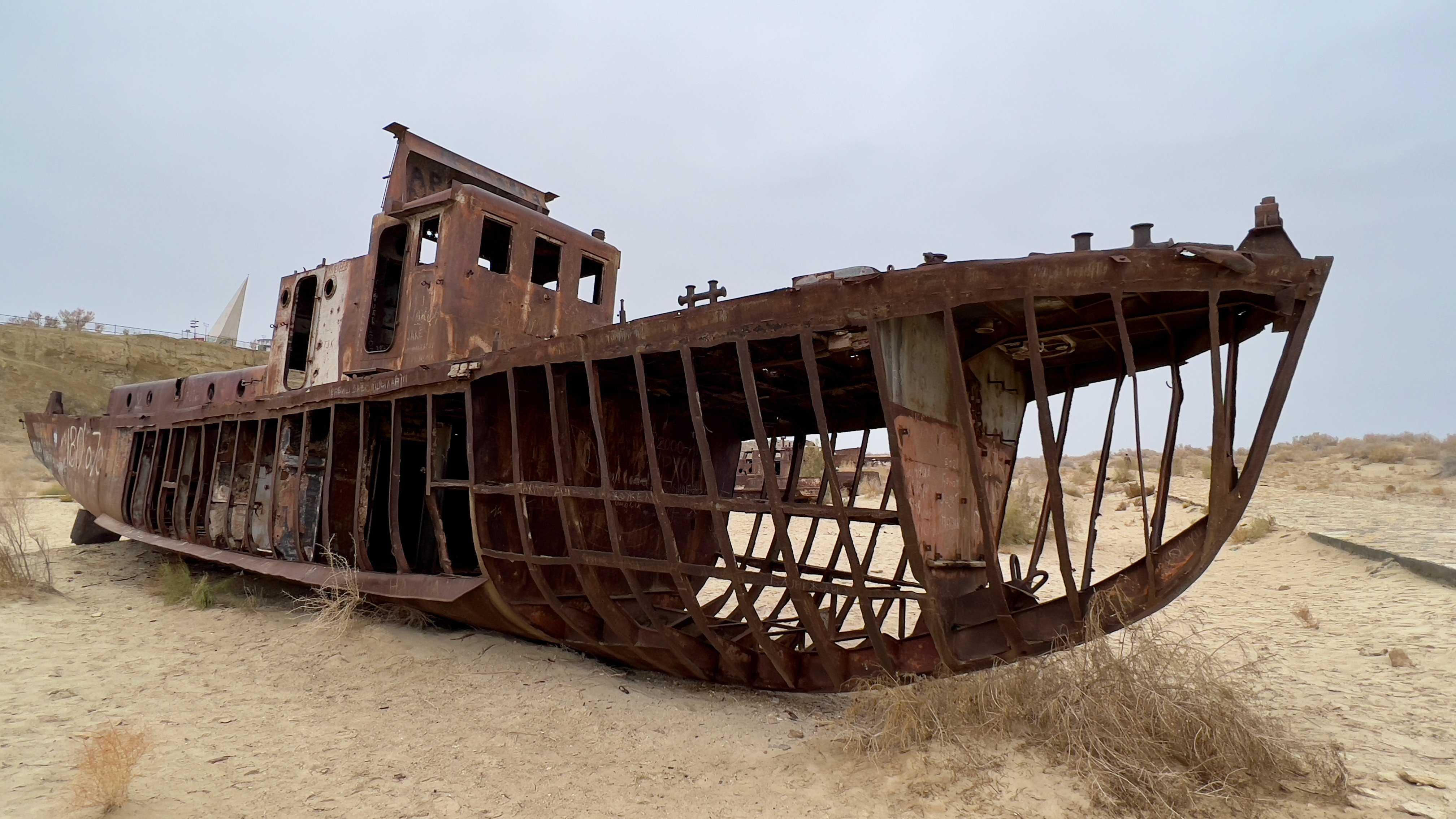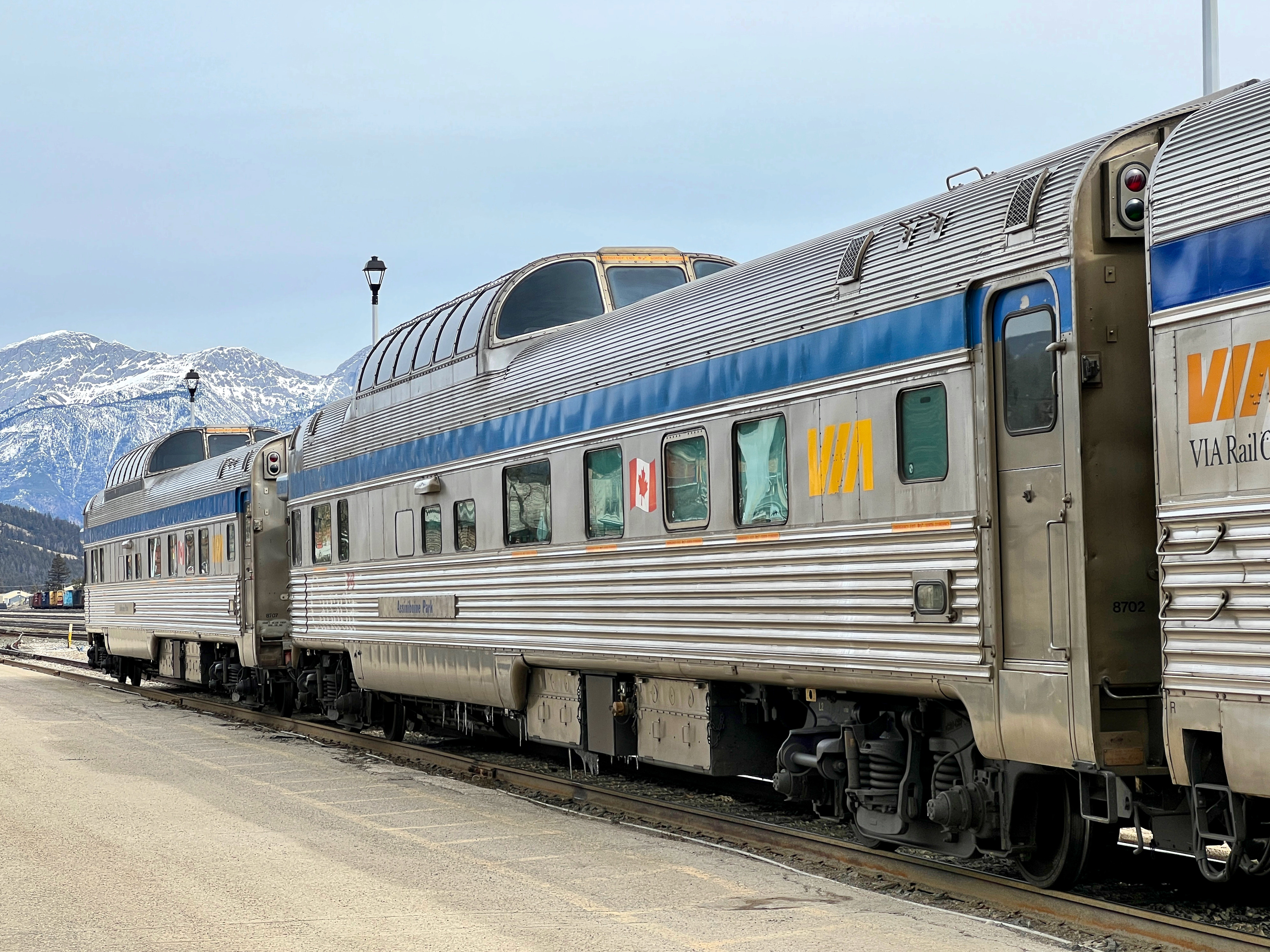Advertisement
Advertisement

Peter Neville-Hadley
Former China resident Peter Neville-Hadley is the author of multiple guides and reference works on China, and writes on Chinese culture and on cultural travel in general for assorted periodicals. His work has appeared in the Wall Street Journal, Time Magazine, The Sunday Times (UK), and numerous other newspapers and magazines around the world.
Two hundred years after the birth of Vienna’s Waltz King, the fan frenzy around the composer is still going strong.
New fronts have opened up in the war of cultural restitution, raising complex ethical and legal questions as some argue against museums returning foreign artefacts.
Guangxi’s little-visited Longzhou is a former French treaty port that offers all the karst peak sights and historic insight of far-more crowded locales.
Home to more than their fair share of the world’s biggest, fastest and tallest wonders, Abu Dhabi and Dubai offer features of ultra-modern architecture and an oil-wealth of sights to marvel at.
Advertisement
Old-school travel agencies may be a thing of a past, but bespoke experiences curated by a small but global network of advisers are blossoming
Cambridge University researcher Arik Kershenbaum says that while all animals communicate, they don’t do it the same way humans do – so forget dialogues with your dog and chats with your cat
Refrigeration has had numerous benefits but in its ability to ship food through both time and space, it has also robbed us of flavour and nutrients
Escaping his overlord to spread the imperial gospel, Sakamoto Ryoma couldn’t stop to smell the flowers … but you can, on a wilderness walking tour with Walk Japan that follows his path
An unspoken invitation to press themselves close to a stranger for a tanda, or set of dances, may stop there, but those that navigate the codes and the dance floor well enough may find further invitations
Once home to a sizeable European population, the backwater of Mengzi in Yunnan, southwest China, retains charming remnants of its early 20th century heyday.
The creator of logos for HSBC, the Hong Kong Jockey Club and Dairy Farm, and designer of Hong Kong banknotes, Henry Steiner, 90, talks about a show of his work at M+ museum and his 60-plus-year career.
In Argentina no industry can escape its high inflation, but in Buenos Aires cocktail bars are overcoming supply problems by using alternative local ingredients to create new cocktails and vermouths.
A new book containing reproductions of 127 printed European maps of Ming and Qing China from 1584 to 1735 reveals how they helped paint a reasonably accurate picture of the Middle Kingdom for the first time.
A journey by car around oil-rich, post-Soviet Azerbaijan offers adventure – potholes, greedy policemen, and a collapsed road – spectacular mountain scenery and ancient towns.
As tourism rules tighten in the Antarctic, Post Magazine returns to the frozen continent to view Mother Nature at her coolest from the luxurious Seabourn Pursuit, with its inflatables and a submersible.
With an expected doubling of air passenger numbers by 2040, changes are needed to speed up passenger processing. They may included AI baggage scans and check-in, facial recognition and biometrics.
The Winchester Mystery House was built from the late 1800s onwards in San Jose, California, by the heir to the Winchester rifle business, who spent huge sums on its quirky construction and decor.
In Gori, Georgia, Soviet dictator Joseph Stalin’s achievements are glorified. In a subterranean room in Tbilisi his early exploits are possibly magnified. In a distant spa town his personal bath sits neglected.
Travel articles billed as ‘ultimate’ guides to destinations pepper the internet, but mainly deliver keywords intended to fool search engines. An old-school travel writer shares some tips for budding authors.
Three decades after the Soviet era ended, Armenia is relearning its ancient winemaking techniques and rediscovering the grape varietals that once made the country an oenophile’s dream.
Celebrating their 150th and 125th anniversaries respectively, San Francisco’s cable cars and Ferry Building give a fascinating insight into how public transport systems can help build a city.
Ottoman Empire castles, a church and Roman bridge from the 3rd century, early evidence of bureaucracy, a stunning mountaintop burial site – Anatolia is history brought to life.
The original North American Chinatown, in San Francisco, has preserved its character and warren of alleys, but is reinventing itself through art, food and tours that highlight its history of activism.
Dark sky tourism, or astrotourism, is surging in popularity as people seek out parks, reserves and other locations that offer star-filled skies undisturbed by the planet’s spreading light pollution.
Using a Western interpretation of a 2,400-year-old document, Beijing seeks Unesco’s stamp for a “Central Axis” of monuments old and new, many badly restored or entirely rebuilt.
Vancouver, in British Columbia, Canada, is within easy reach of many offshore islands as well as myriad inland lakes and rivers, and seaplane services, tours and charters are perfect for viewing the spectacular scenery and sleepy hamlets.
The new talking mirrors at select Days Inn hotels in the US give guests compliments (voiced by Ross Mathews) at the press of a button – but wouldn’t you rather, say, faster internet?
Visitors to the old Swiss towns of Chur and Gruyères can take in the weird art of H R Giger, the designer behind the titular extraterrestrials in the Alien movies, while enjoying idyllic medieval backdrops.
A highly Instagrammable former fishing town in Uzbekistan offers disaster tourists photo ops that highlight the consequences of the slow destruction of Central Asia’s Aral Sea.
Two long-distance train rides across Canada’s British Columbia, on the plush Canadian and more utilitarian Skeena, take passengers past snowy mountains, frozen rivers, elk and moose.

